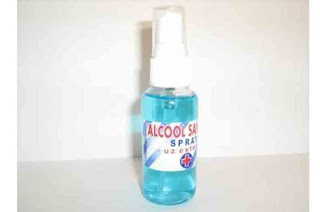
Masturbation turned out to be not just channeling desire loneliness boys, but women can also create. And this is a benefit for the girls masturbating.
Benefits for the Girls Masturbating
Everyone had a different sex needs including the girl who often makes masturbation as one way to satisfy a craving for sex. Speaking of masturbation, myths circulating that masturbation...


















